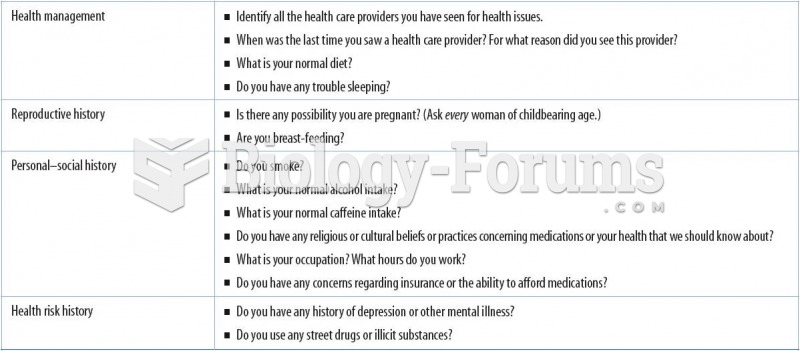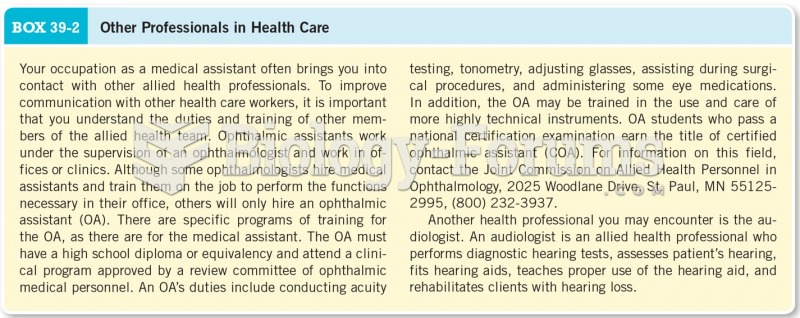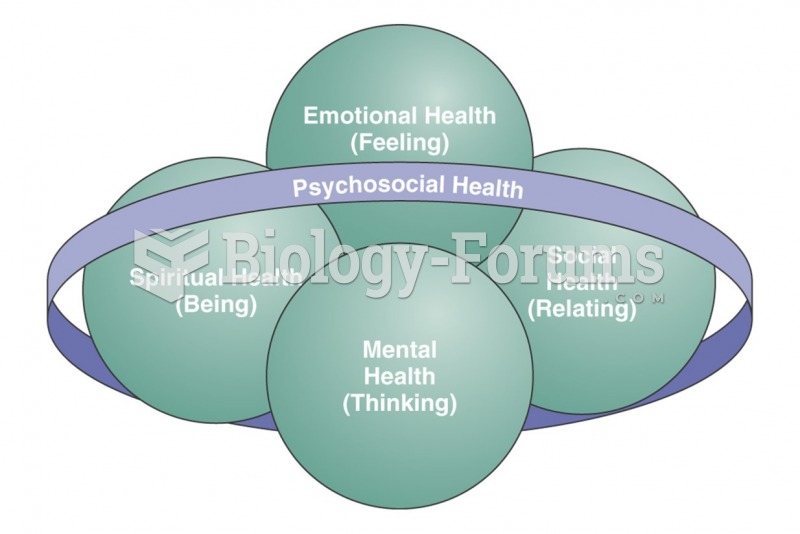Answer to Question 1
D
Despite a serious chronic illness and mobility restrictions, this older man has a social network and planned activities with friends. Further, he overcomes mobility issues to pursue personal interests; thus this person is most likely to experience the best health and well-being because of an optimal functional status.
This older adult is not thriving in an assisted-living facility, despite having other people in the facility, as evidenced by television viewing habits and weight, both potential indicators of depression. Various aspects of this person's life are unbalanced, thus inhibiting progress on the path to optimal health and wellness. In addition, the use of herbal remedies can be aggravating or precipitating the problems. After a move to a new region, an older adult, especially one who lives alone and is moved to a new area for the family's convenience, is likely to experience loneliness and isolation until a new social network is established. Although this person has a less acute health problem, the social isolation is likely to create significant disruption on the path to health and wellness. Although this older adult's financial resources are plentiful, the existence of a large family does not ensure any type of psychosocial support. Most likely, this person faces a grim prognosis because the prostate cancer has crossed the diaphragm, thus reducing the likelihood of a prolonged life.
Answer to Question 2
C
Because the path to wellness includes progression, as well as regression, the nurse shares infor-mation to help participants anticipate these events. The nurse encourages participants by telling them to expect periods of regression; he or she emphasizes that progress made up to a point is not lost and explains how to approach resumption in progress toward wellness with exercise.
The nurse tells the participants that achieving wellness takes work and regular effort. Rather than offering false hope, the nurse shares practical advice about how to incorporate exercise into everyday life. The nurse avoids suggesting that adults can look forward to relaxing dietary or medical restrictions by using a single method; it is unethical to offer false hope, the plan can be ineffective, and the plan can have adverse effects. The nurse avoids instructing adults to rely on one method of achieving wellness; wellness is achieved by balancing emotional, spiritual, social, cultural, and physical processes.







